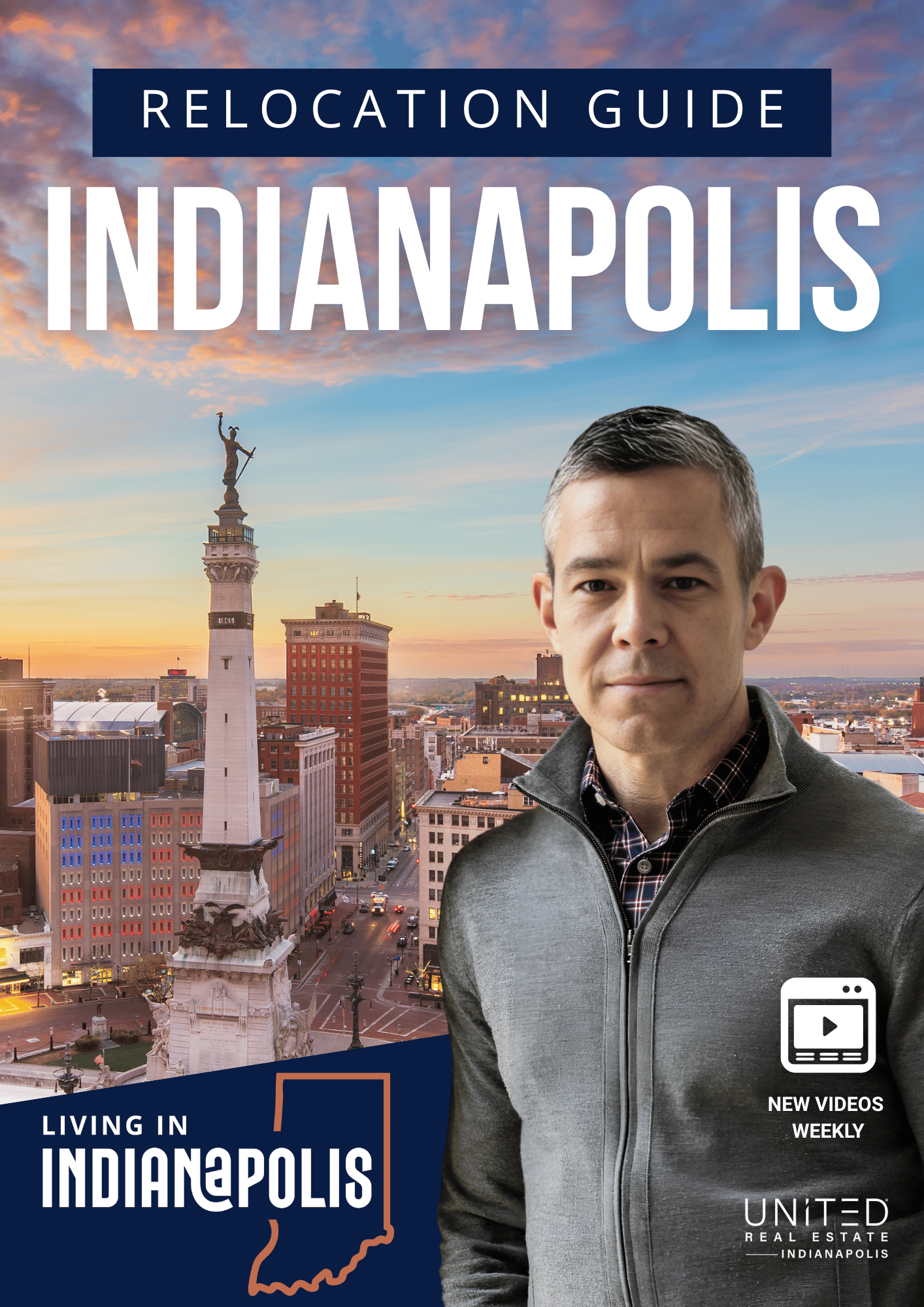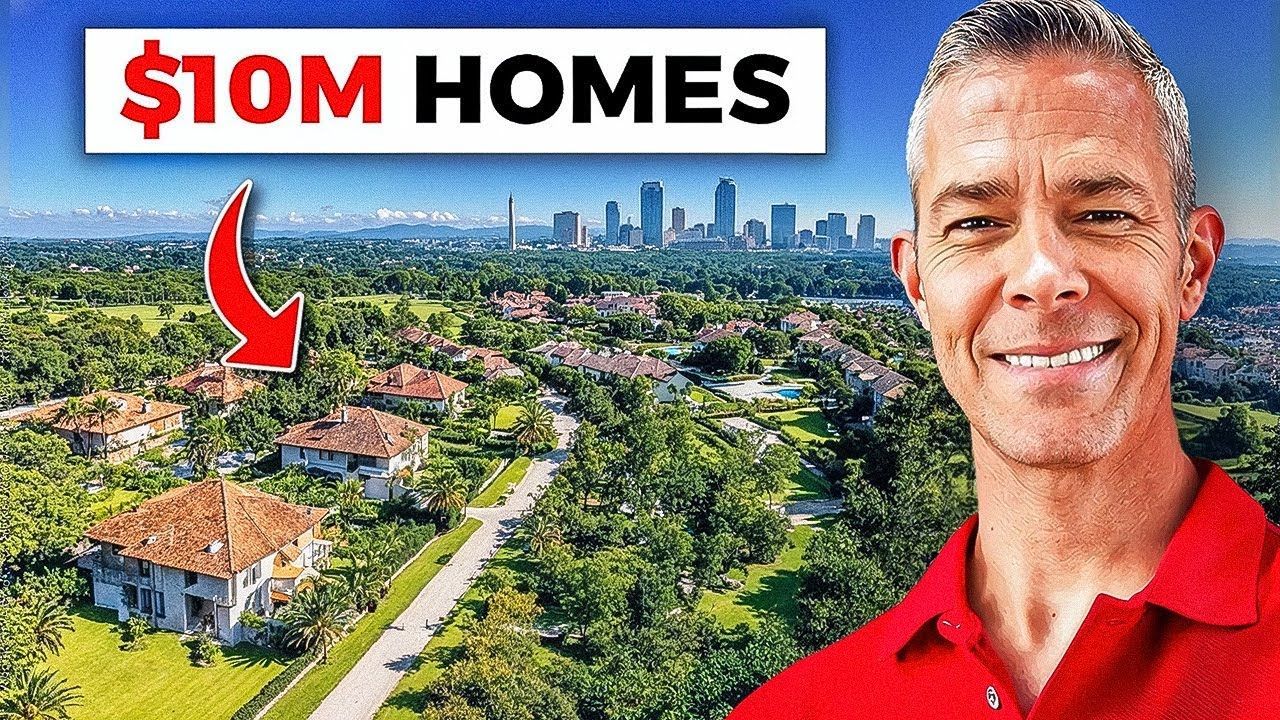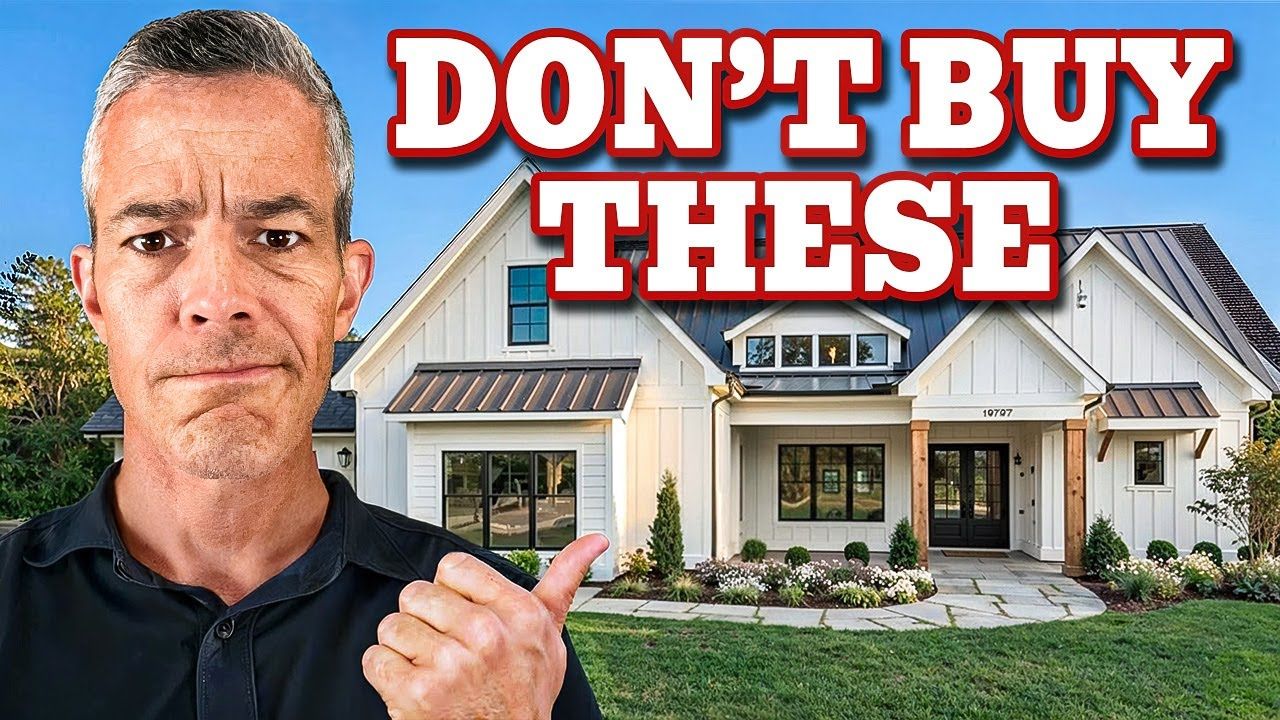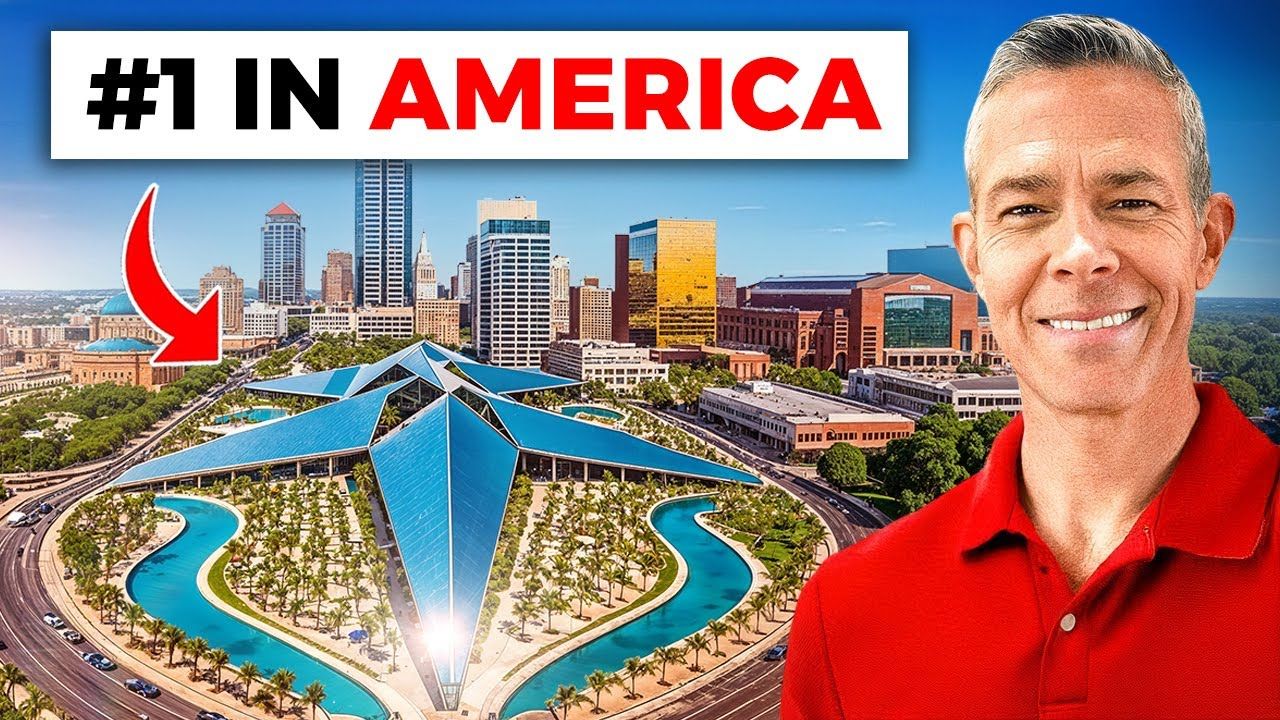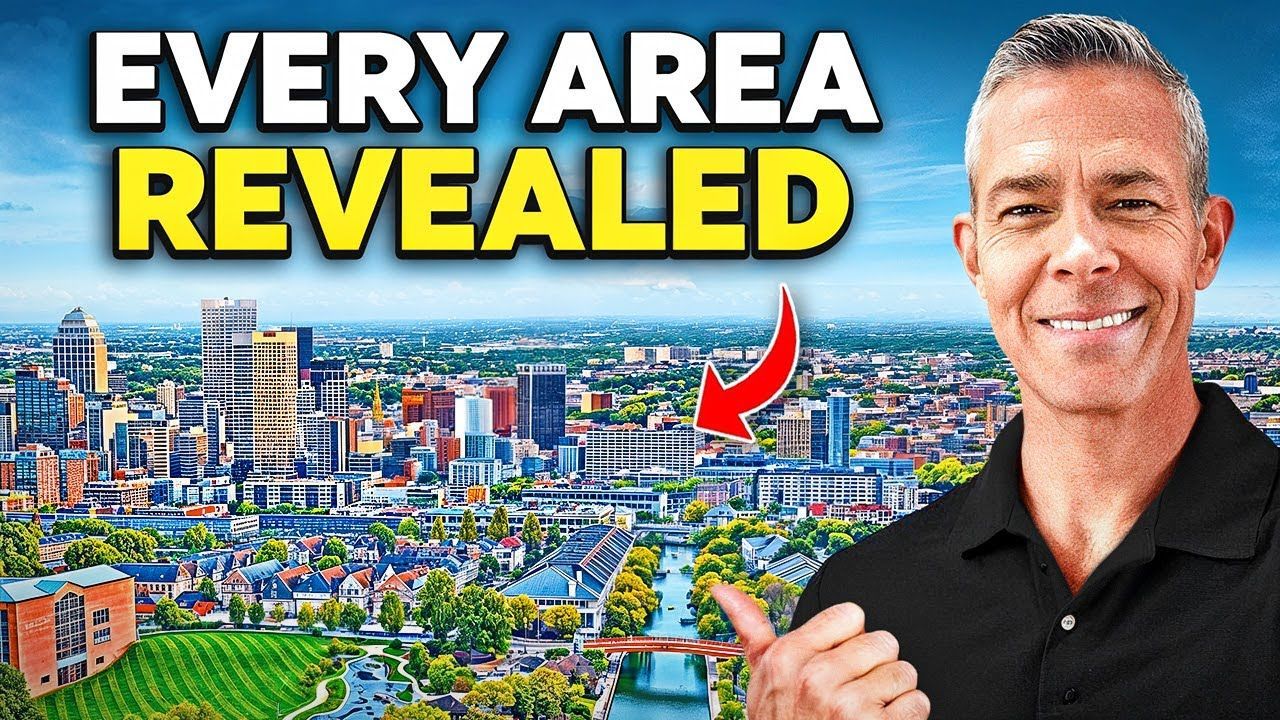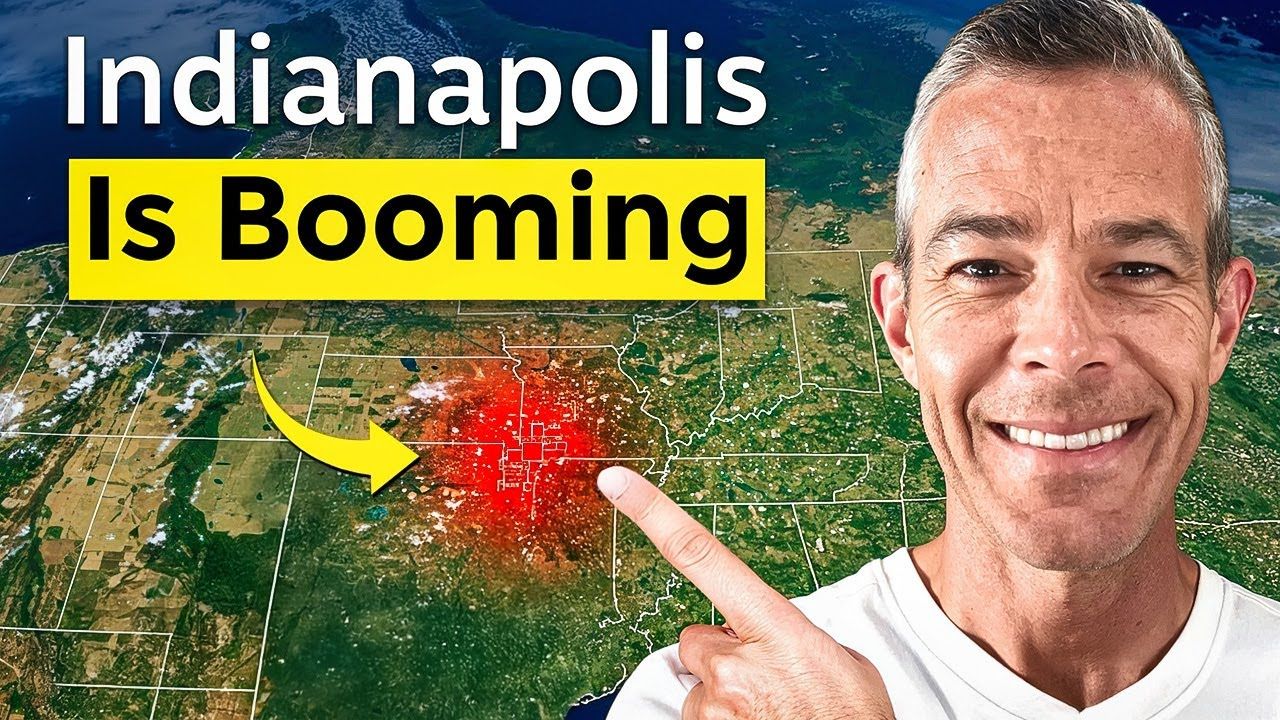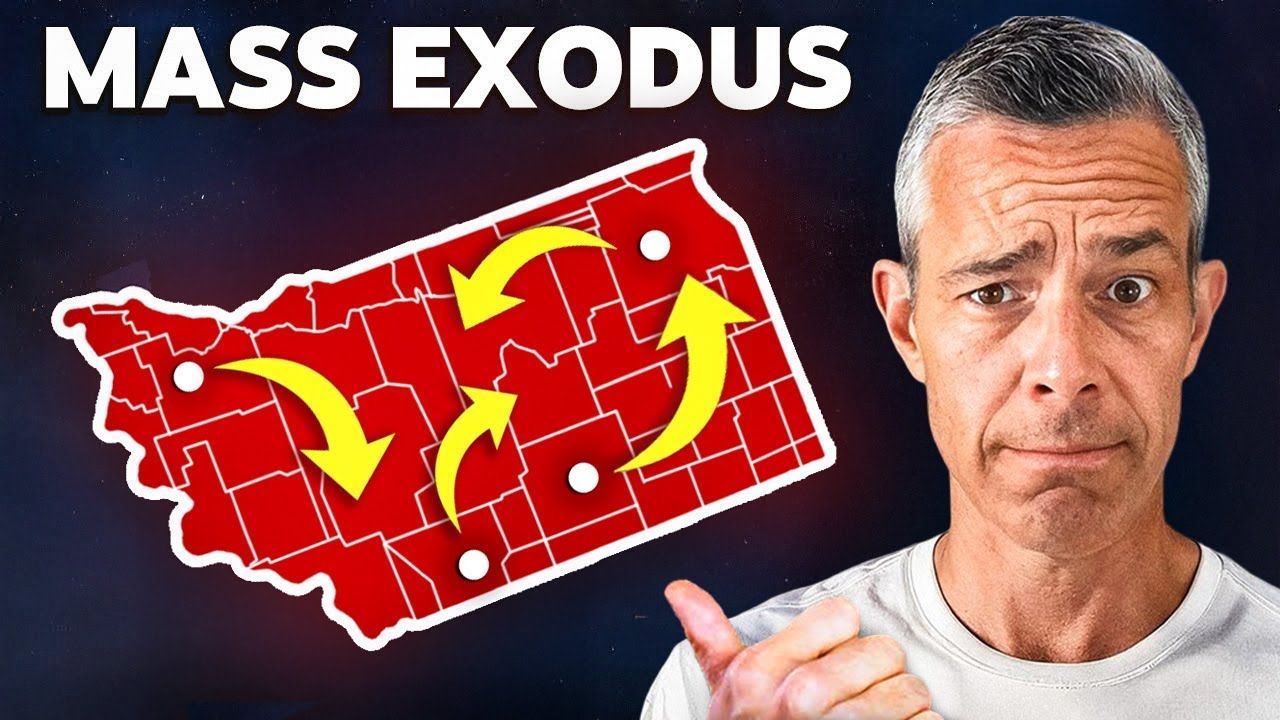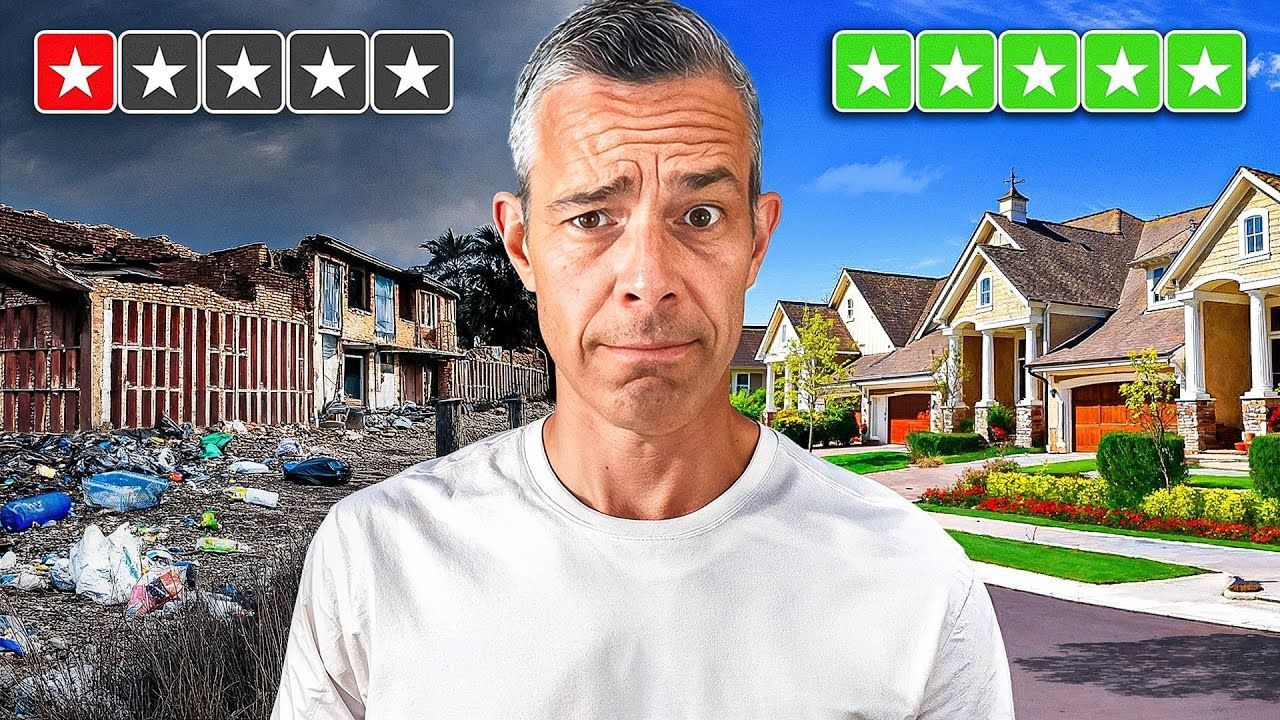EXPOSING Why Indianapolis Might Not Be The Right Place For You
Hi — I’m Jason Compton with Living In Indianapolis. In the video that inspired this post I talked candidly about a question I hadn't been asked exactly as worded before: "Does Indie have everything?" I answered it the way I always answer relocation questions — by breaking down what “everything” actually means, by comparing it to what you personally need, and by giving practical next steps to figure out if living in Indianapolis, IN is the right move for you and your family.
Table of Contents
- Why This Question Matters: "Everything" is Personal
- My Perspective: What Living in Indianapolis, IN Provides for Me and My Family
- How to Figure Out Whether Living in Indianapolis, IN is Right for You
- Neighborhood Personality: Why "It All Looks the Same" Can Be Misleading
- Practical Checklist for Evaluating a Relocation
- Common Misconceptions About Living in Indianapolis, IN
- Decision Framework: How to Choose
- Quick Summary: Does Living in Indianapolis, IN Have Everything?
- FAQs on Why Indianapolis Might Not Be The Right Place For You
- Final Thoughts
Why this question matters: "Everything" is personal
When someone asks whether living in Indianapolis, IN "has everything," it sounds like a fact-checkable question. But "everything" is rarely objective. Dictionary definitions help: one meaning is "all that exists," which of course no city can deliver. The more useful definition — and the one I lean on — is "all that relates to a subject." In other words, does the city have everything that matters to you, with “you” defined by your daily life, yearly needs, family situation, hobbies, and expectations?
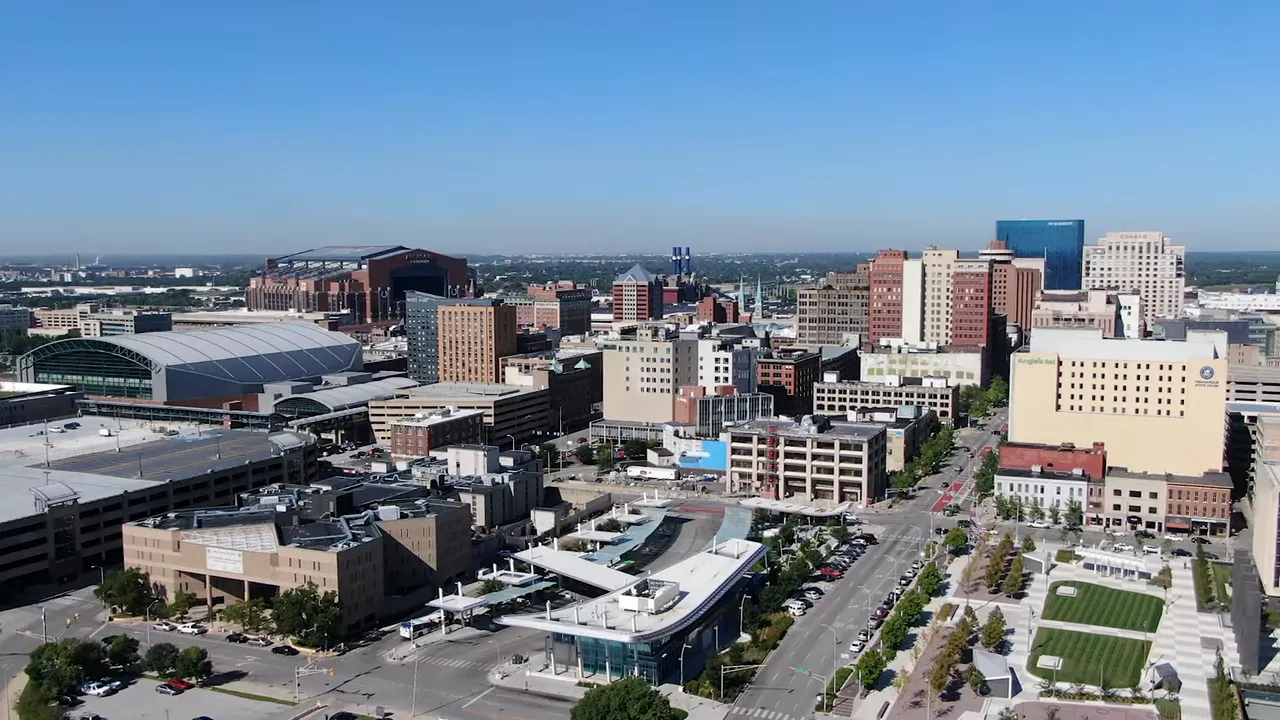
That means the answer to whether living in Indianapolis, IN has everything depends on you. What you need daily (grocery stores, schools, healthcare) may be different from what you want occasionally (mountains, elaborate public transit, exotic entertainment options). My job is to help you separate the "need-to-haves" from the "nice-to-haves" and then figure out whether Indianapolis — and the towns around it — meet those requirements.
VIEW HOMES FOR SALE IN INDIANAPOLIS, IN
My perspective: what living in Indianapolis, IN provides for me and my family
I live in Greenfield, Indiana, not downtown Indianapolis, but I treat it as part of the greater Indianapolis experience because the metro is interconnected. When someone asks where I’m from, I say Indianapolis — it’s simply the easiest reference.
Here’s my honest, personal baseline: living in Indianapolis, IN delivers what my family needs. We enjoy a mix of suburban and semi-rural life with ready access to city amenities. We wouldn’t thrive in a super tiny town of 1,000–5,000 people where options are limited and travel for basic needs becomes a burden. If you need proximity to a variety of services and cultural activities, Indianapolis and its suburbs usually deliver.
That said, no place is perfect. There are things I’d love to have: a robust public transportation system is one. I wouldn’t use it every day, but I’d value it as an option. And while mountains would be nice, they’re not a practical expectation for Indiana — you can travel to them when you want. The key is knowing which of those missing pieces are deal-breakers versus preferences you can accommodate with occasional trips or lifestyle adjustments.
How to figure out whether living in Indianapolis, IN is right for you
Start with a clear list. Before you look at neighborhoods, websites, or listings, write down exactly what you need and what you want. Break it into categories:
- Daily essentials: grocery stores, schools, medical care, internet access, safe neighborhoods.
- Year-round needs: employment options, reliable healthcare specialists, consistent weather tolerance.
- Family-specific needs: parks, good schools, childcare, family activities.
- Personal preferences: nightlife, cultural institutions, outdoor recreation, transit options.
Distance matters. Some towns near Indianapolis look like they’re part of the metro but are far enough away that you won’t go to "Indy" as often as you expect. When evaluating locations, think about commute time, shopping trips, and how often you'll realistically head into Indianapolis for dining, events, or work.
Neighborhood personality: why "it all looks the same" can be misleading
One of the challenges for newcomers is that many areas begin to look similar once you’re in residential neighborhoods or shopping corridors. Strip malls, national-chain restaurants, and cookie-cutter subdivisions can blur the differences between cities. So how do you tell them apart? Look beyond the big landmarks to the smaller elements of personality: main street activity, neighborhood walkability, tree canopy, local businesses, and civic spaces.
For example, Carmel, Fishers, Greenwood, Avon, Plainfield — each has a different feel. Carmel might offer more curated public spaces and a dense mix of entertainment; Fishers has a strong suburban-family culture; Greenwood blends small-town elements with easy access to Indy. When you’re considering where living in Indianapolis, IN will work best for you, it’s those little differences that matter most.
Practical checklist for evaluating a relocation
Use this checklist to make your site visit focused and effective. Treat it like a field-research mission rather than a casual weekend trip.
- Identify your non-negotiables (e.g., specific school ratings, commute thresholds, or medical specialists).
- Map commute times rather than distances — traffic patterns matter.
- Visit at different times (weekday morning, weekday evening, weekend) to sense rhythms and parking/traffic realities.
- Walk around neighborhoods to evaluate sidewalks, lighting, and noise.
- Test essential errands: go to a grocery store you’d use, check the nearest urgent care or hospital, and stop at a park on a weekday afternoon.
- Talk to locals: neighbors, baristas, and shop owners for real, practical impressions.
- Consider second-order needs: what if a parent needs eldercare, or a child needs specialty services? Where are those located?
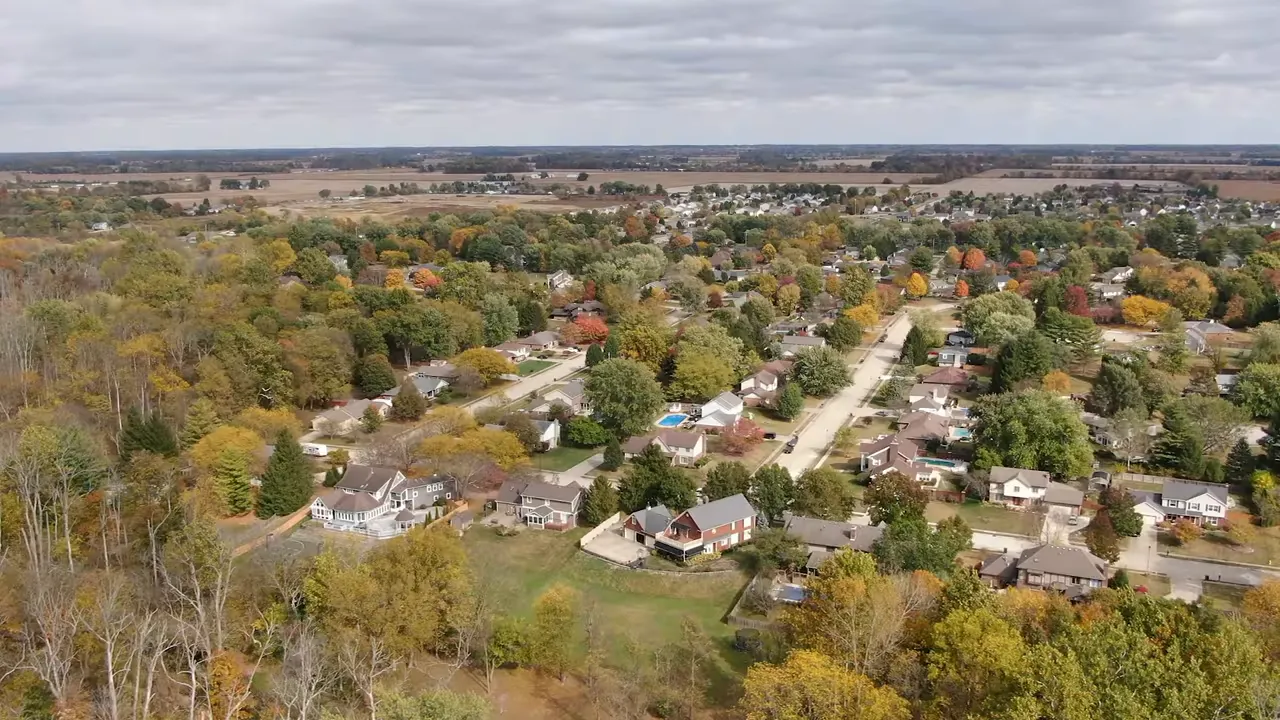
Tools I recommend — and the ones we built
We built the Living In Framework and an Exploration App to answer the exact question you’re asking. The framework is a step-by-step process (step one, step two, step three) that helps people move here in a structured way. It’s not a sales pitch — it’s a way to make relocation practical and predictable.
The Exploration App is free and was designed from conversations like the ones that inspired the video. It helps you:
- Compare the personalities of different cities and neighborhoods.
- See the small, telling differences that don't show up on a standard map.
- Decide whether you’d rather live in one town or straddle two (for example, working in Carmel but living in a quieter town nearby).
These tools are useful because "living in Indianapolis, IN" is too broad a concept to evaluate without structure. The metro covers a lot of ground, so you need an approach that helps you narrow down what actually matters to your life.
BROWSE ALL INDIANAPOLIS HOMES FOR SALE
Common misconceptions about living in Indianapolis, IN
Let’s clear up some common myths I encounter when people are researching a move:
- Myth: Indianapolis is boring or small-scale. The city and its suburbs offer diverse cultural events, sports, dining, and outdoor options. You can tailor your lifestyle depending on which neighborhood or suburb you choose.
- Myth: If it's not downtown, you won't have amenities. Many suburbs have thriving main streets, local restaurants, and services. The metro is more decentralized than many people expect.
- Myth: All suburbs are the same. They’re not. Differences in school systems, zoning, local budgets, and community priorities create unique personalities that matter for families and individuals.
- Myth: You need public transit to live comfortably here. Public transit options are limited compared to larger coastal metros, but the region is highly car-dependent and set up for it. The question is whether you need transit enough to make a different city a better fit.
Decision framework: How to choose
Here’s a simple decision flow I recommend when considering living in Indianapolis, IN:
- List your essentials and your preferences.
- Use the Exploration App or a similar research method to shortlist 3–5 neighborhoods/towns.
- Do focused site visits with the checklist above.
- Compare the top candidates and look for deal-breakers or must-haves you missed earlier.
- Factor in long-term considerations: schools, property taxes, resale value, and lifestyle sustainability over 5–10 years.
If after this process you're still unsure, that’s normal. For many folks, multiple places in the greater Indianapolis area will fit. The right choice often comes down to which compromises you’re willing to live with and which conveniences you can live without.
Download Your FREE Indianapolis Relocation Guide
When to consider other cities instead
If one or more of these are true for you, Indianapolis might not be the best fit:
- You require extensive, rail-based public transit as a daily necessity.
- You need immediate access to alpine mountains or specific geographic features.
- You rely on a very niche cultural or professional ecosystem that's concentrated in different metro areas.
- Your lifestyle demands the density and hyper-diversity of a megacity on a daily basis.
Those are legitimate reasons to look elsewhere. But remember — many times these are preferences rather than necessities. Visiting with clarity about what you need will tell you whether those are deal-breakers or trade-offs you can accept.
How we help people explore living in Indianapolis, IN without commitment
For people who are still curious but cautious, here's what I recommend:
- Use the Exploration App to narrow down towns and neighborhoods.
- Book a focused scouting trip where you use the checklist above.
- Talk to me , a local real estate agent who specialize in relocations — not just listings, but neighborhood realities.
- Bring a friend or family member for a second opinion — two perspectives help spot things you miss.
Our Living In Framework provides structure for every step — from research to neighborhood selection to move logistics. It’s designed to reduce the guesswork and help you ask the right questions so that your choice is informed, not emotional-only.
Quick summary: does living in Indianapolis, IN have everything?
Short answer: it depends on what "everything" means to you. For most people and families, living in Indianapolis, IN offers the essentials and many of the extras: good grocery access, medical facilities, schools, varied neighborhoods, and cultural options. For people who need dense urban cores with every specialized amenity or daily rail transit, this metro might feel lacking. The honest answer is not binary — it’s individualized, and that’s where research and a clear list of needs become indispensable.
"Does it have everything? Probably not. But we need to figure out if it has everything enough."
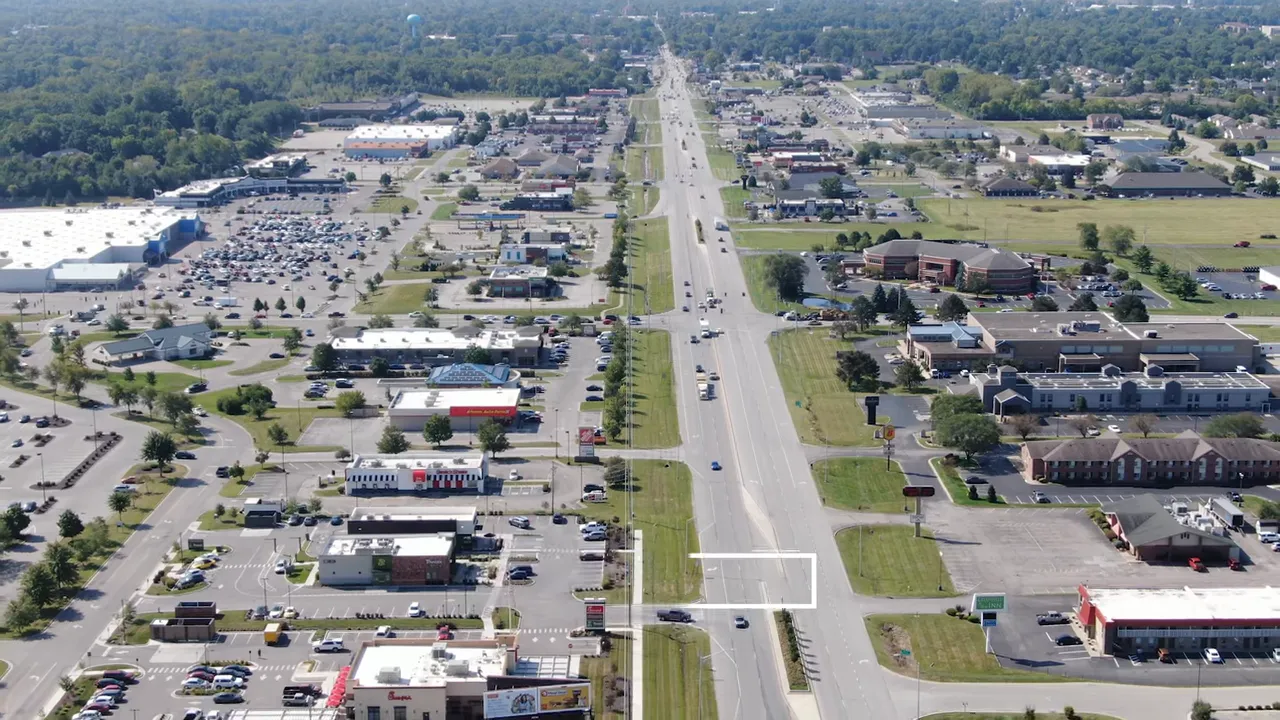
SEARCH FOR HOMES ACROSS GREATER INDIANAPOLIS
FAQs on Why Indianapolis Might Not Be The Right Place For You
Is living in Indianapolis, IN family-friendly?
Yes. The greater Indianapolis area has many family-oriented suburbs with strong school systems, parks, and family activities. The specific experience depends on which neighborhood or suburb you choose; use the Exploration App to match personalities to your family’s needs.
Are there enough jobs in Indianapolis?
Indianapolis is a regional employment center with opportunities across healthcare, manufacturing, logistics, tech, and professional services. Niche roles may require broader searches, remote options, or commuting to specific employment hubs within the state.
How common are grocery stores and daily conveniences?
Very common. Grocery access and daily conveniences are widely available across town and suburbs. For most people, groceries are not a limiting factor when considering living in Indianapolis, IN.
Is public transportation adequate?
It depends on your expectations. Indianapolis does not have a large rail-based transit system like some bigger cities. The region is car-oriented. If you require robust daily rail or subway transit, you might find the options limited here.
What if I want both a small-town feel and city access?
Many people choose suburbs or towns on the outskirts of Indianapolis to get that balance. Towns like Greenwood, Carmel, and Fishers provide a hybrid of small-town amenities with easy access to city features. The Exploration App can help identify towns that meet that hybrid need.
How should I evaluate suburbs vs. the city itself?
Think about commute, schools, lifestyle, and the trade-offs you’re willing to make. Suburbs often offer more space and family-oriented amenities, while the city offers cultural density and shorter commutes to downtown jobs. Clarify priorities first, then assess specific locations.
Final thoughts
My answer — and the practical path I outlined — is straightforward: don’t ask whether living in Indianapolis, IN has everything in the abstract. Define what you need, use tools and structured visits to gather data, and then decide. Indianapolis has a lot more than many outsiders expect, but it will never be every single person’s perfect fit. The goal is to find a place that has enough of what you need and the right blend of what you want.
If you need a local perspective during your next site visit, reach out at 317-932-8620 . Whether living in Indianapolis, IN is perfect for you or not, an informed decision will keep your move from being a costly mistake and help you find the community that fits your life.
jason compton
A former teacher turned full-time real estate agent serving Greater Indianapolis. I help buyers, sellers, and relocation clients make informed moves—especially those coming from out of state. From neighborhood insights to home tours, my goal is to simplify the process and help you feel confident in every step.
Stay Informed
Insights, Tips & Life in Indianapolis
Your go-to resource for all things real estate and Indy living. Whether you're buying, selling, relocating, or just curious about the local market, our blog is packed with helpful articles, expert advice, and community highlights to keep you informed and inspired.
